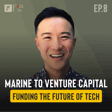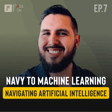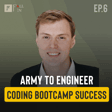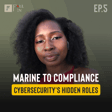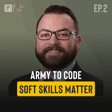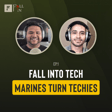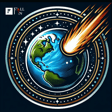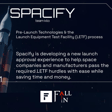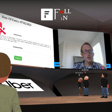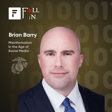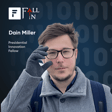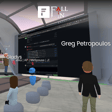
SecureAid
TEAMMATES: Umar Ahmed Badami, Adam McDonald, Brian Slusher, Tynan Kavanaugh, Matthew Robinson, Morgan Morris
TEAM LEADER: Morgan Morris
TAGLINE: Securely bringing help to those who need it most.
IDEA: Secure and verified messaging portal connecting aid organizations to at-risk individuals in humanitarian crises.
PROBLEM THAT YOUR TEAM IS SOLVING: In a humanitarian crisis, trusting the wrong email or text could have deadly consequences. Our project provides users with an ability to freely communicate with verified aid organizations while located in dangerous situations.
FOR WHOM ARE YOU SOLVING THE PROBLEM: Primarily for supporting those currently involved with the Afghanistan refugee crisis, but the app can be practically used in an assortment of arenas.


